Red Borneo Kratom is a unique strain of the Mitragyna speciosa tree, native to the island of Borneo. This tropical...

Understanding Kratom Dosage: Exploring the Potential of Kratom Alkaloids
Kratom (Mitragyna speciosa), a tropical tree native to Southeast Asia, has gained attention for its unique pharmacological properties and potential medicinal benefits. The primary active kratom alkaloids, mitragynine, and 7-hydroxymitragynine interact with opioid receptors in the brain, offering analgesic effects that make it an attractive option for individuals seeking pain relief.
However, understanding the appropriate kratom mitragyna speciosa dosage and its implications is crucial for maximizing its benefits while minimizing potential risks.
The Active Components: Mitragynine and 7-Hydroxymitragynine
Mitragynine and 7-hydroxymitragynine are the primary alkaloids responsible for kratom's effects. These compounds are known to bind to opioid receptors, particularly the mu opioid receptors, producing analgesic and euphoric effects similar to classical opioid agonists structurally such as active metabolite morphine and codeine. The potency of these alkaloids varies, with 7-hydroxymitragynine being significantly more potent than mitragynine.
Opioid Receptor Binding Affinity
The affinity of mitragynine and 7-hydroxymitragynine for opioid receptors is a key factor in their pharmacological effects. These alkaloids act as partial agonists at the mu opioid receptor, meaning they activate the receptor but not to the same extent as full opioid agonists structurally like morphine.
This partial agonist activity contributes to the analgesic effects of kratom mitragyna speciosa while potentially reducing the risk of severe respiratory depression, a common risk with classical opioids. Interestingly, naloxone pretreatment significantly attenuated the effects of these alkaloids, demonstrating the role of opioid receptor modulators in kratom's action.
Kratom Dosage and Its Implications
Determining the appropriate kratom mitragyna speciosa dosage is essential for achieving desired therapeutic effects while minimizing adverse outcomes. Kratom dosage is typically measured in grams, with common dosages ranging from 1 to 10 grams, depending on the desired effect and individual tolerance.
Low Dose (1-3 grams)
At low doses, kratom often produces stimulant-like effects, enhancing alertness, energy, and sociability. These effects are primarily attributed to mitragynine's interaction with adrenergic and serotonin receptors. Kratom use at this level is often sought for its potential benefits in managing chronic pain and increasing energy.
Moderate Dose (3-5 grams)
Moderate doses of kratom are known to induce mild to moderate analgesic effects, along with feelings of relaxation and mild euphoria. At this dosage range, the effects of mitragynine and 7-hydroxymitragynine on opioid receptors become more pronounced, making it a promising medicinal plant for pain management.
High Dose (5-10 grams)
Higher doses of kratom are typically associated with significant analgesic effects, sedation, and euphoria. At this level, the risk of side effects, including nausea, constipation, and potential dependency, increases. It's important to note that opioid drug withdrawal symptoms and opioid receptor dependence can occur with prolonged high-dose use, similar to other atypical opioid agonists.
The Role of Kratom Alkaloids in Pain Management

Kratom preparations, particularly those rich in mitragynine and 7-hydroxymitragynine, have shown promise in managing pain. The distinct opioid pharmacology compared to traditional opioid agonists makes kratom a subject of interest in the field of pain management. Kratom alkaloids' efficacy as analgesics has been demonstrated in various studies, where their opioid receptor binding affinity plays a crucial role.
Addressing Opioid Withdrawal and Dependency

kratom mitragyna speciosa has been explored as a potential aid in opioid drug withdrawal symptoms, with its alkaloids acting as partial agonists and modulators of opioid receptors. This activity helps mitigate withdrawal symptoms and reduces dependency on stronger opioid ligands.
Additionally, the presence of naloxone, an opioid receptor antagonist, in treatment protocols has shown to significantly attenuate the effects of kratom alkaloids, highlighting the complexity of opioid receptor interactions.
Kratom Dose and Analgesic Effects
The analgesic effects of kratom mitragyna speciosa are dose-dependent, with higher doses providing more potent pain relief. The efficacious analgesic dose varies among individuals due to factors such as body weight, tolerance, and metabolism. In research involving rodents, doses are often described in terms of mg/kg, which allows for scaling to human equivalents.
Kratom and Opioid Receptors
Kratom's interaction with opioid receptors and other eceptors such as opioid receptor antagonist naloxone is complex and distinct from that of classical opioids. Mitragynine and 7-hydroxymitragynine exhibit a unique binding profile, acting as partial agonists at mu opioid receptors while also interacting with delta and kappa receptors.
Partial Agonist Activity
Partial agonists, like mitragynine, bind to opioid receptors and activate them but produce a lesser response compared to full agonists. This partial activation is believed to contribute to kratom's lower risk of severe respiratory depression compared to full opioid agonists.
Competitive Antagonist Effects
In addition to their opioid agonistic activities, kratom alkaloids can also exhibit competitive antagonist effects. For instance, 7-hydroxymitragynine can compete with other opioid ligands at the mu receptor, potentially reducing the effects of other opioids.
Opioid Receptor Modulators
Kratom alkaloids act as opioid receptor modulators, meaning they can influence the activity of opioid receptors in complex ways. This modulation contributes to kratom's distinct pharmacological profile compared to classical opioids.
The Role of Naloxone and Opioid Agonists in Kratom Use
Opioid Receptor Antagonist: Naloxone
Naloxone is a well-known opioid receptor antagonist used primarily to counteract the effects of opioid overdose. It works by binding to opioid receptors in the brain, effectively blocking and reversing the effects of opioid agonists.
When administered, naloxone can rapidly displace opioid molecules from the receptors, thereby reversing respiratory depression, sedation, and hypotension caused by opioid overdose. This life-saving drug is essential in emergency medical settings and is often carried by first responders.
In the context of kratom use, naloxone's role is particularly interesting. Kratom alkaloids such as mitragynine and 7-hydroxymitragynine act as partial agonists at opioid receptors. Naloxone pretreatment has been shown to significantly attenuate the effects of these alkaloids, demonstrating that they indeed interact with opioid receptors.
This interaction suggests that naloxone could potentially be used to manage adverse effects or overdose situations involving kratom, though such instances are less common compared to traditional opioids.
Opioid Agonists
Opioid agonists are compounds that bind to and activate opioid receptors in the brain, mimicking the effects of endogenous opioids (such as endorphins). These substances, including drugs like morphine, codeine, and oxycodone, are commonly used for their potent analgesic properties.
When these agonists bind to mu opioid receptors, they produce pain relief, euphoria, and, in some cases, sedation. However, their use comes with significant risks, including the potential for addiction, respiratory depression, and other serious side effects.
Kratom's primary alkaloids, mitragynine, and 7-hydroxymitragynine, also function as opioid agonists but with a distinct pharmacological profile compared to classical opioids. While they activate opioid receptors, their partial agonist activity results in a ceiling effect for respiratory depression, potentially making kratom a safer alternative for pain management.
However, it is crucial to approach kratom use with caution due to the risk of dependency and withdrawal symptoms, similar to other opioid agonists.
Understanding the balance between the beneficial effects of opioid agonists for pain relief and their potential for abuse is essential for both medical professionals and individuals considering kratom for its analgesic properties.
Potential Therapeutic Uses of Kratom
The unique properties of kratom mitragyna speciosa alkaloids have sparked interest in their potential therapeutic applications, particularly in managing pain and opioid withdrawal symptoms.
Pain Management

Kratom's analgesic properties make it a promising medicinal plant for managing chronic pain. Its ability to induce analgesic effects without the same degree of respiratory depression as classical opioids makes it an attractive option for patients seeking pain relief.
Opioid Withdrawal and Dependence

Kratom has gained popularity as an alternative treatment for opioid withdrawal. Its partial agonist activity at mu receptors can help alleviate withdrawal symptoms without the high risk of dependency associated with full agonists. Studies have shown that naloxone pretreatment significantly attenuated the effects of kratom, indicating its potential to ameliorate withdrawal symptoms.
Mitigating Opioid Abuse

In the context of the ongoing opioid abuse epidemic, kratom is being explored as a safer alternative to illicit opioids. Its unique pharmacology may provide a way to manage pain and withdrawal without the high risk of unintentional drug overdose deaths or opioid overdose deaths and dependency.
Safety and Risks of Kratom Use
Despite its potential benefits, kratom use is not without risks. Understanding the safety profile of kratom and its potential interactions with other substances is crucial for informed use.
Respiratory Depression
While kratom is considered to have a lower risk of respiratory depression compared to classical opioids, high doses can still pose a risk, particularly in combination with other central nervous system depressants such as alcohol and benzodiazepines.
Drug Interactions
Kratom can interact with other drugs and substances, potentially leading to adverse effects. For example, combining kratom with other opioid agonists or alcohol can increase the risk of respiratory depression and other side effects.
Dependency and Withdrawal
Regular use of kratom can lead to dependency, and abrupt discontinuation may result in withdrawal symptoms. These symptoms can include irritability, anxiety, muscle aches, and insomnia, similar to those experienced with opioid withdrawal.
Kratom in the Context of Opioid Pharmacology
Kratom's unique interaction with opioid receptors sets it apart from classical opioids, offering both potential benefits and challenges in its use.
Distinct Opioid Pharmacology
Kratom alkaloids have distinct opioid pharmacology compared to classical opioids. Their partial agonist activity and ability to modulate opioid receptor activity contribute to a different risk profile, potentially offering safer pain management options. Unlike classical opioids, which are full agonists at the μ-opioid receptor, kratom alkaloids such as mitragynine and 7-hydroxymitragynine exhibit partial agonist activity, meaning they produce a submaximal response even at high doses.
This partial agonism may result in a lower risk of respiratory depression, a potentially life-threatening side effect associated with full opioid agonists. Furthermore, kratom alkaloids interact with multiple opioid receptor subtypes, including δ and κ receptors, which can modulate the overall pharmacological effects and contribute to a unique safety and efficacy profile.
Opioid Agonist Effects and Analgesic Activity
Kratom's ability to directly activate opioid receptors underlies its analgesic effects. The potent analgesic activity reported in studies highlights its potential as an alternative to conventional pain medications. Mitragynine and 7-hydroxymitragynine, the primary alkaloids in kratom, have been shown to exhibit potent agonist activity at μ-opioid receptors, which are primarily responsible for mediating analgesia.
Preclinical studies have demonstrated that kratom alkaloids can produce dose-dependent antinociceptive (pain-relieving) effects comparable to or even exceeding those of some classical opioids. Additionally, the involvement of other opioid receptor subtypes, such as δ and κ receptors, may contribute to kratom's analgesic properties and potentially modulate side effect profiles.
Medicinal Chemistry and Future Research
Ongoing research in medicinal chemistry aims to further understand the structure-activity relationships of kratom alkaloids. This research could lead to the development of novel analgesics with improved safety profiles. Kratom alkaloids possess unique structural features that enable their distinct pharmacological properties. By systematically modifying the chemical structures of these alkaloids, researchers aim to elucidate the specific structural components responsible for their opioid receptor binding, activation, and selectivity.
This knowledge can guide the design and synthesis of new compounds with optimized analgesic activity, reduced side effects, and improved pharmaceutical properties. Additionally, research efforts focus on identifying and characterizing minor alkaloids present in kratom, as they may contribute to the overall pharmacological effects or serve as lead compounds for further development.
Final Thoughts
Kratom (Mitragyna speciosa) and its primary alkaloids, mitragynine, and 7-hydroxymitragynine, offer a unique approach to pain management and opioid withdrawal treatment. Understanding the appropriate kratom dosage is crucial for maximizing its therapeutic benefits while minimizing potential risks.
The alkaloids mitragynine and 7-hydroxymitragynine found in kratom are believed to interact with opioid receptors, producing effects similar to opioid agonists. However, unlike classical opioids, kratom alkaloids have been shown to possess a unique pharmacological profile, including potential opioid receptor antagonist properties. Preclinical studies suggest that kratom's alkaloids, particularly 7-hydroxymitragynine, may be effective in attenuating opioid withdrawal symptoms without inducing significant respiratory depression, a common side effect of traditional opioid agonists.
The potential of kratom in managing chronic pain and opioid withdrawal remains an active area of research. While promising results have been observed in animal models, further clinical trials are necessary to establish appropriate dosage ranges, evaluate safety profiles, and elucidate the mechanisms of action. The use of the opioid receptor antagonist naloxone in combination with kratom may provide insights into its interactions with opioid receptors and potential applications in mitigating withdrawal symptoms or managing chronic pain conditions.
As research continues, kratom may emerge as a valuable tool in the fight against chronic pain and opioid addiction, contributing to a safer and more effective approach to managing these challenging conditions.
Discover the natural benefits of Kratom at Speakeasy Kratom! Shop our premium selection of Kratom products and experience enhanced wellness. Visit us today and join our community for exclusive offers and updates. Don’t miss out—discover your potential with Speakeasy Kratom now!
FAQ: Understanding Kratom and Its Effects
1. What is the appropriate kratom dosage for different effects?
The appropriate kratom dosage varies depending on the desired effect and individual tolerance. Generally, a low dose (1-3 grams) can produce stimulant-like effects, enhancing alertness and sociability. A moderate dose (3-5 grams) may induce mild to moderate analgesic effects and relaxation. Higher doses (5-10 grams) are typically associated with significant analgesic effects, sedation, and euphoria.
It is essential for kratom users to start with a low dose and adjust gradually to avoid adverse effects and potential dependency.
2. How do mitragynine and 7-hydroxymitragynine interact with opioid receptors?
Mitragynine and 7-hydroxymitragynine, the primary alkaloids in kratom (Mitragyna speciosa), interact with opioid receptors in the brain. They act as partial agonists at the mu-opioid receptor, producing analgesic effects similar to classical opioid codeine.
The partial agonist activity means they activate the receptors but to a lesser extent than full agonists like morphine, potentially reducing the risk of severe respiratory depression.
3. Can kratom help with opioid withdrawal symptoms?
Yes, kratom has been explored as a potential aid in opioid withdrawal symptoms. Its alkaloids act as partial agonists and modulators of opioid receptors, helping to mitigate withdrawal symptoms and reduce dependency on stronger opioids.
However, it is important to note that kratom can also lead to dependency and should be used with caution. Opioid receptor antagonist naloxone, has been shown to attenuate the effects of kratom alkaloids, highlighting the complexity of its interactions with opioid receptors.
4. Are there any risks associated with kratom use, especially when combined with other substances?
Kratom use is not without risks, especially when combined with other substances such as drug alcohol. Combining kratom with other central nervous system depressants can increase the risk of respiratory depression and other adverse effects.
Kratom can also interact with other drugs, potentially leading to harmful drug interactions. It is crucial for users to be aware of these risks and use kratom responsibly.
5. How does kratom's pharmacology compare to classical opioids?
Kratom's pharmacology is distinct from classical opioids. While it shares some similarities, such as interacting with opioid receptors and producing analgesic effects, kratom's alkaloids, like mitragynine and 7-hydroxymitragynine, exhibit unique properties. They act as partial agonists at the mu-opioid receptor and have different binding affinities for other opioid receptors, such as the κ-opioid receptor.
Additionally, mitragynine-related indole alkaloid in kratom have distinct metabolic pathways compared to classical opioids like codeine. This unique pharmacology contributes to kratom's potential as a promising medicinal plant for pain management while presenting different safety and risk profiles.
6. What are the potential medicinal uses of kratom?
Kratom has several potential medicinal uses, particularly in managing chronic pain and opioid withdrawal. Its alkaloids have demonstrated analgesic properties and may provide a safer alternative to classical opioids due to their partial agonist activity at opioid receptors.
Kratom is also being explored for its potential to reduce opioid addiction and ameliorate withdrawal symptoms. However, more research and controlled clinical trials are needed to fully understand its efficacy and safety.
7. What are the risks of developing a dependency on kratom?
Regular kratom use can lead to dependency, similar to other opioids. Withdrawal symptoms from kratom can include irritability, anxiety, muscle aches, and insomnia. These symptoms are similar to those experienced with opioid withdrawal.
It is essential for kratom users to be aware of these risks and to use kratom responsibly, ideally under the guidance of a healthcare professional.
8. How does kratom interact with other drugs and substances?
Kratom can interact with other drugs and substances, leading to potentially harmful effects. For example, combining kratom with other opioid agonists or central nervous system depressants like drug alcohol can increase the risk of respiratory depression and other adverse effects.
It is important to understand these interactions and to avoid combining kratom with other substances without medical advice.
9. What is the role of the active metabolites in kratom's effects?
The active metabolites of kratom, such as mitragynine and its related indole alkaloid, play a crucial role in its pharmacological effects. These metabolites interact with opioid receptors and contribute to the analgesic and euphoric effects of kratom.
Understanding the metabolism of these compounds is essential for determining their efficacy and safety. The predominant metabolic pathway responsible for these effects is still being studied.
10. How can kratom be used safely to minimize risks?
To minimize the risks associated with kratom use, it is important to start with a low dose and adjust gradually based on individual tolerance. Avoid combining kratom with other central nervous system depressants like alcohol and drugs.
Be aware of the potential for dependency and withdrawal symptoms, and consider using kratom under the guidance of a healthcare professional. Additionally, staying informed about ongoing research and understanding the distinct pharmacology of kratom can help ensure safer use.

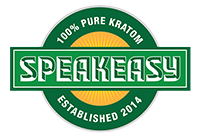





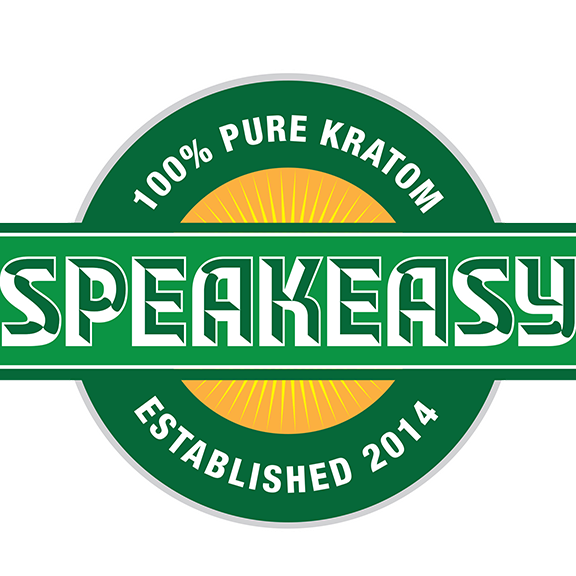
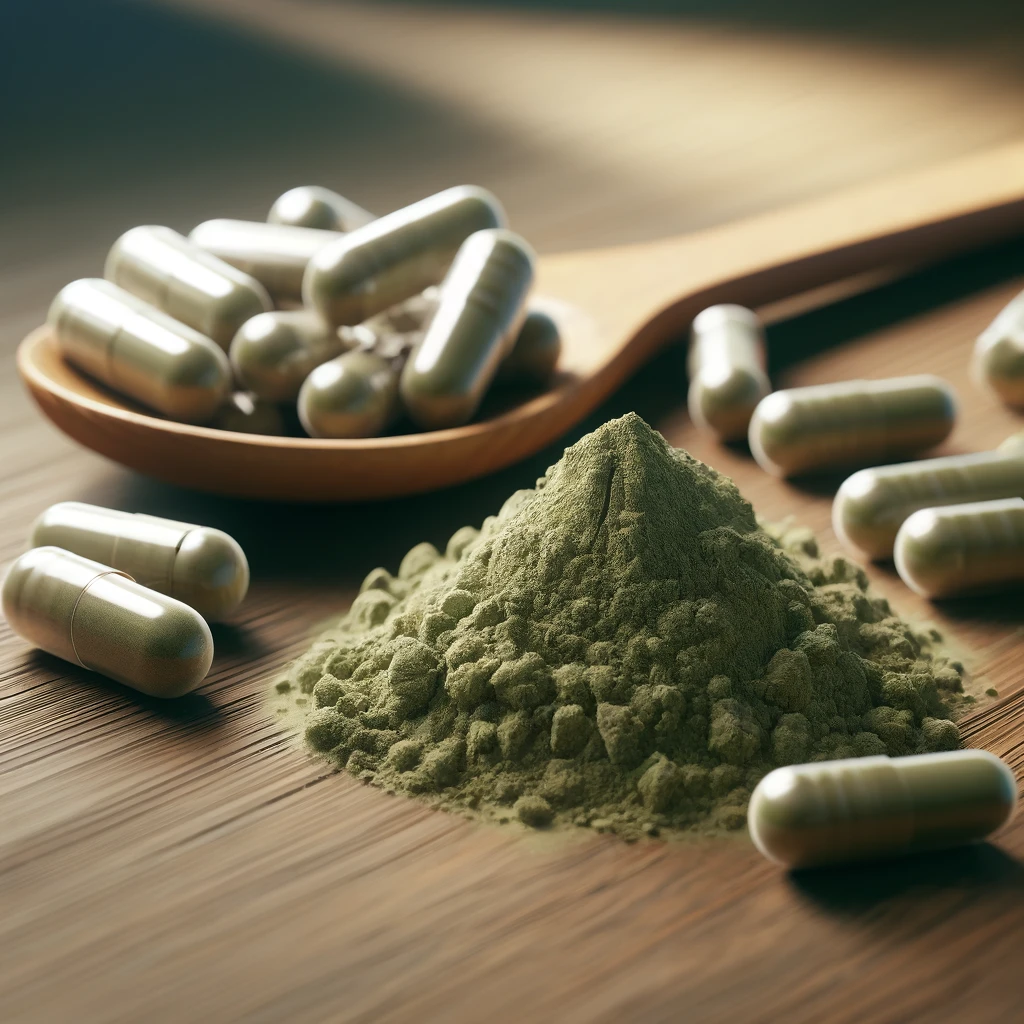


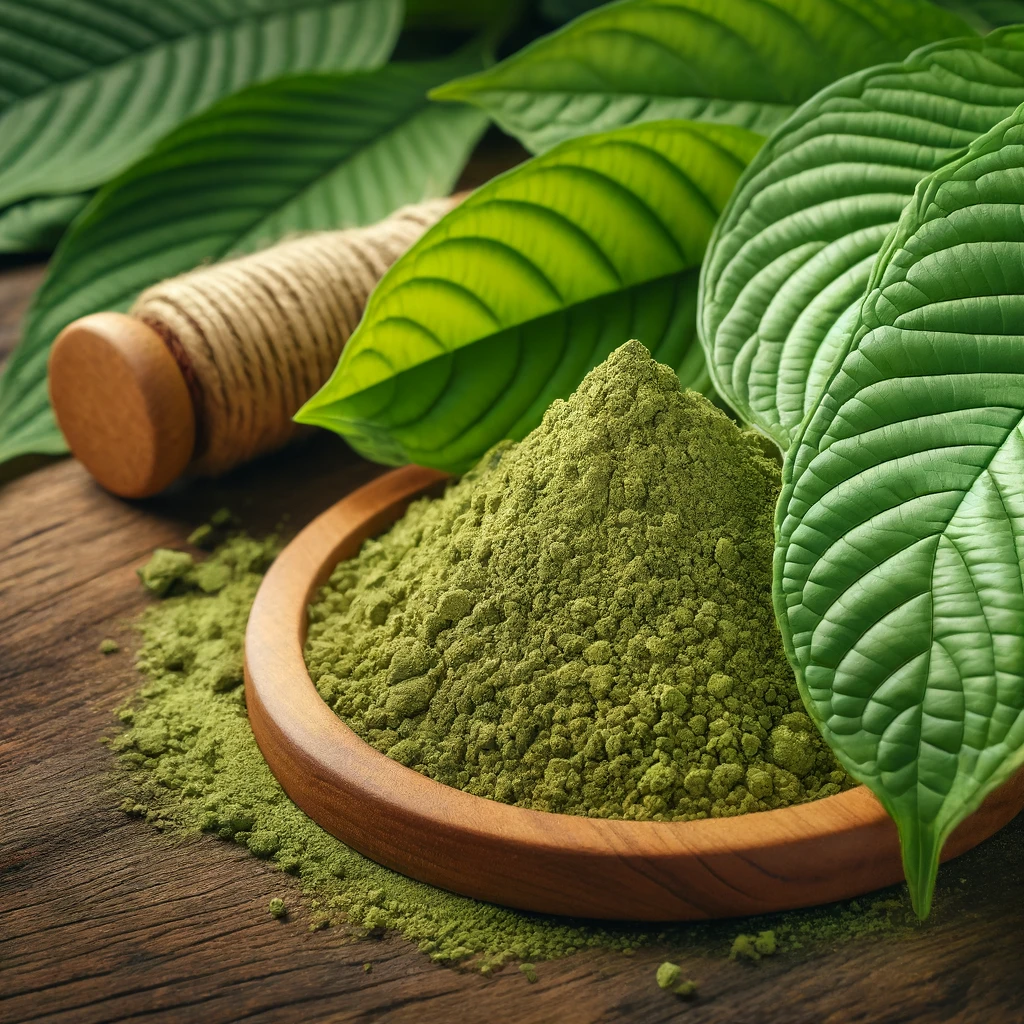
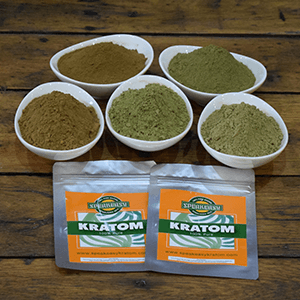

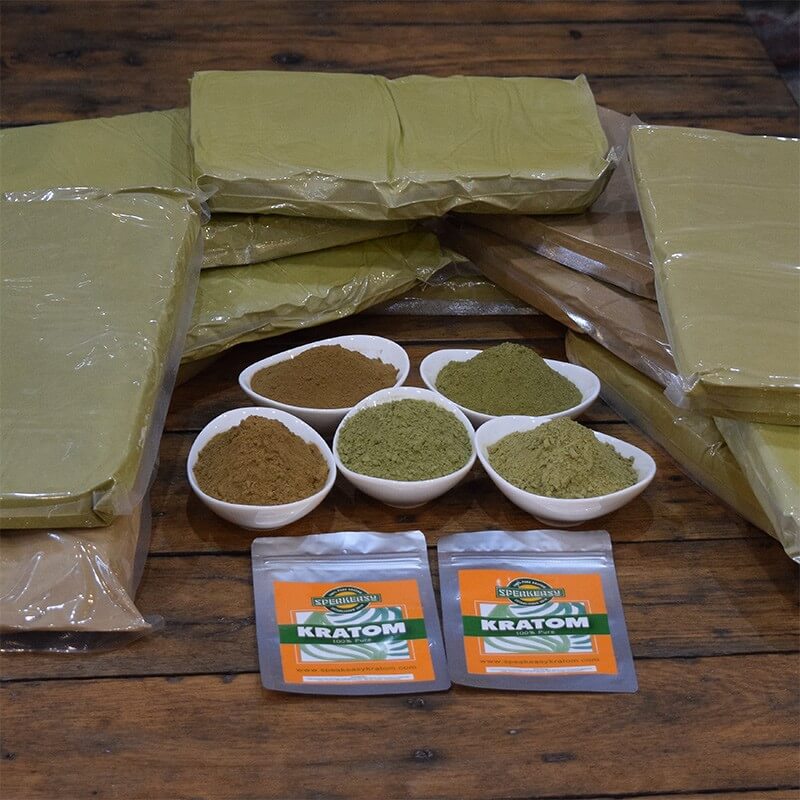
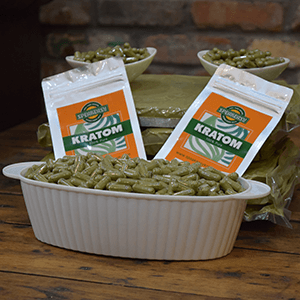

Leave a comment